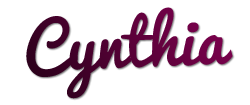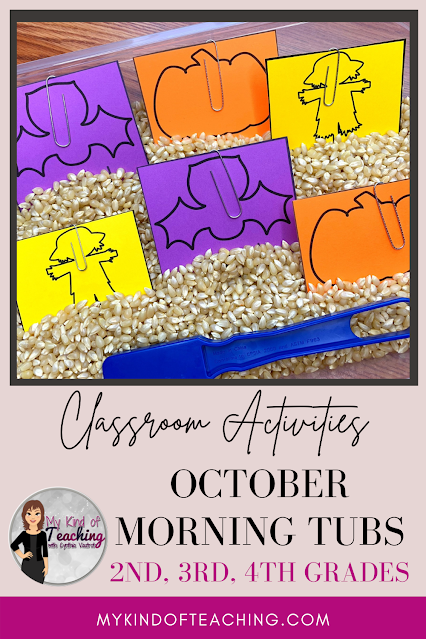How do you know when your students are understanding the material you've taught?
More importantly, how do you know when students are NOT understanding a concept?
Sometimes, you have to find creative ways to assess your students without using precious instructional time spent on a test.
These are five of my favorite ways to informally assess students without them realizing that they are being tested!
1) Ticket Out the Door
A quick and stress-free way to ensure that your students understand the subject matter is to take the last two minutes of class for students to answer a question about the day's lesson. In my classroom, this looked like a sticky note for each student to write his or her answer. Next to my door, I had these simple laminated pages on the wall.
The students used the numbers they were assigned at the beginning of the year (if you don't use the number system in your classroom, you are missing out on an efficient system that helps in so many areas). Read more and grab free numbers here.) Each student writes his or her number in the corner of the sticky note and the answer to the question and then sticks in on the numbered board on his or her number.
Quick Tip - Have your students write on the sticky sides of the notes so that other students cannot see their answers when on the board.
2) Four Corners Game
Prepare 3-5 questions you want to ask your students about the material. Type these out before class on a simple slide show to use with your overhead projector, or simply ask the questions. Give your students four possible answers. Designate each corner as "A", "B", "C", or "D". Students will move to the corner they feel is the correct answer.
Quick Tip - Prepare your class by permanently posting "A", "B", "C", or "D" in each corner to use throughout the school year.
3) Google Forms
Type up a quick mini-assessment on Google Forms of 1-5 multiple-choice questions. As students settle in for class, ask them to complete the "quick five" (or "quick three", etc.) I like to give it a name so that students know what to expect. The best part is that the data will be there waiting on you to check later!
Quick Tip - Prepare a template form. Save this form to use all year. This will save time since you simply change the questions and answers.
4) Write About It
Add more writing during the day for your students by having them write out the steps or processes to find their answers. This is a great and creative way to assess your students in math. If they can tell you the processes and the steps to solve problems, they have mastered the concepts. If they cannot tell you, it will be very evident. As a bonus, you will be able to see exactly which step/thought process a student is missing. This will make it very easy for you to do a mini-lesson with those students to fill the gap.
Quick Tip - If you use Google Classroom, make an assignment for just this purpose. Students can add slides as needed to complete the answers. This saves you time by not having a stack of papers.
5) Show Your Hand
This is a super quick and extremely easy way to assess your students. Have your students face the front of the room and hold their hands in fists on their chests or stomachs. Ask them to self-assess by showing the number of fingers to tell you how they feel about their knowledge of the subject matter. (I kept this poster at the front of my classroom all year for this creative way to assess any subject.)
1 = I do not understand at all! Please help me.
2 = I only understand a little. I am still lost and need help.
3 = I understand it, but I need more practice to improve.
4 = I am confident in the subject.
5 = I am a pro and can teach it to someone else.
Quick Tip - Prepare a list of your students' names. As you look at your students' fingers, mark down the students who score themselves at a 1 or 2. Alternately, if you have a student who scores himself or herself high and you know in your heart of hearts that he or she is at a 1 or 2, take note of that also.
There you have it...five quick, easy, and creative ways to assess your students daily to ensure that you are catching and filling in those gaps before they become too wide.
Don't forget to save this blog post to your favorite Pinterest board to have it at the tip of your fingers when you need ideas!
Which of these ideas is your favorite? Comment below and let's chat!
Finding easy solutions to help students be the best they can be is just...
















.png)































